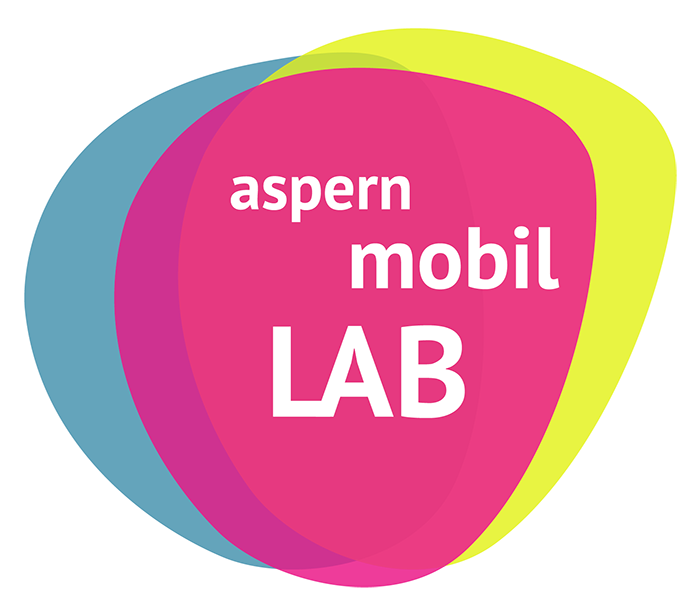New Urban Mobility
New urban mobility is central to aspern.mobil LAB. The research orientation arises from the local challenges and qualities of aspern Seestadt, its environment and its integration in Vienna.
The topics focus on the district level as a departure and destination point of everyday activities. The mobility system, with its different modes, infrastructures and operators functions as the starting point for profiling the themes whereas active mobility encompasses only one part of the mobility system. By integrating and interlinking the mobility system or through other measures, new innovations can emerge.
Active Mobility plus +
Active Mobility plus + embraces locomotion using physical strength (cycling, walking) and includes new active forms such as scooters, skateboards, cargo bikes, etc.
Active mobility benefits from high quality public spaces. Active mobility enhances the local structures of living, working, etc. in the neighborhood and reduces burdensome pollutants, noise, space consumption caused by moving and stationary traffic.
The plus
A close interaction between health and sports exists, for instance, through sports as a communication trigger for new active mobility and to reach a wide variety of people.
Mobility as a (shared) Service +
Mobility as a (shared) Service + comprises the linkage of several modes (also active mobility), different infrastructures, operators and users in order to create new services focusing on shared mobility.
The aim is to ideally promote home and workplace as a starting point for mobility as a service. Depending on the activity, destination, time, distance, etc., the available means of transport are selected and combined. This also includes offers of shared mobility, such as car or bike sharing and carpooling.
The plus
Mobility services can be combined with other “added services”. As a result mobility services are seen as sales element for other services, creating added value for both sides.
First/last mile logistics +
First/last mile logistics + includes the transport of all goods to and from the customer or between customers. The challenge lies in combining existing services and utilizing transports already in progress, whether by service providers or private individuals. Reducing traffic through first/last-mile logistics can significantly lower the strain on city districts.
The plus
The neighborhood plays a major role in various solutions in first/last-mile logistics and must always be considered in innovative projects.
Mobility incentives, communication and marketing
Mobility incentives, communication and marketing focus on how to influence mobility behaviour in a differentiated society in a situation-specific way. One approach is to perceive different target groups within the population and their “mental barriers” to various new forms of mobility in a differentiated way and to develop tailored communication, incentive and learning systems. Different target group-specific incentives, e.g. nudging, gaming, gamification, as well as communication and marketing on different channels form the basis for this.
The “plus” is inherent in the cross-sectional topic area.







